History is a bear. A gigantic, terrifying, often interesting, horrific bear.
I’m not a historian. By trade, I’m a graphic designer, with a degree and all the requisite experience. By choice, I’m an author. By chance, I’m often associated with horror writers. Which is fine, I write horror in addition to other genres, but I also have an interest in history and, to date, I haven’t read or heard anything more horrific in fiction that outpaces actual history.
Horror is both a feeling and a genre. The former can be described as “an intense feeling of fear, shock, or disgust” and it usually comes upon us unexpectedly. The genre is a bit more slippery than that, but it tends to explore these feelings through stories that tweak familiar weak spots in us humans. That familiar place is where all the fear and fascination with horror is generated. We shun horror in reality, but seek it in fiction. To me, history is definitively more horrific than any fiction.
I came to this thought serving on panels at various conventions and events. Inevitably, one of the subjects of conversation is book recommendations. Having read several nonfiction books that I found particularly horrific, I took to offering one or two of them up to anyone interested in horror. Not only for some variety, but as historical examples and learning opportunities—as much to inform the present as warn us away from historical repetition. As we plunge into the future, I believe history can encourage us to become better people who can recognize our common humanity.
apple
The First Apocalypse
An entire subgenre of horror (and science fiction) concerns the imagined apocalypse. Our way of life destroyed, civilization broken, living with the constant threat of death, and without the protection of the law. It is worthwhile for us to consider what it might be like, how we might handle sudden displacement and the collapse of support systems. What would that be like? Would total war or some other catastrophic event bring it about? How would you react to being driven from your home and marched hundreds of miles bearing whatever you could carry?
The United State’s true original sin was the historic malfeasance in the Americas after the colonialist hammer was brought down upon the Indigenous peoples of this land. Most people are aware of this, but seem to feel the events are too far back in history to be worth consideration. We do not have a long memory in the United States.
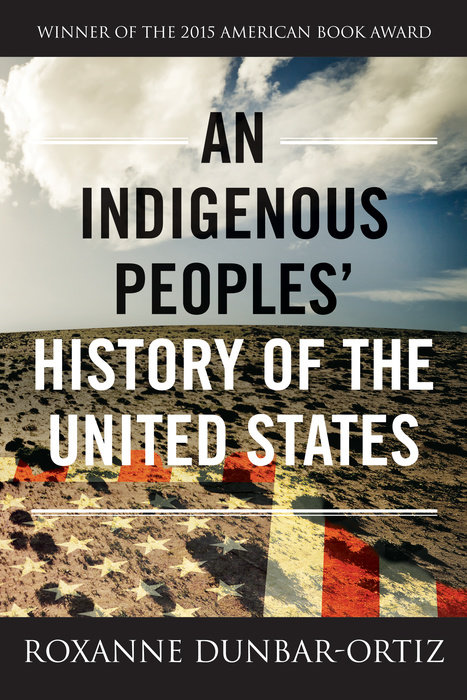
Apple | Bookshop.org | Amazon | Barnes & Noble | IndieBound
At least two thousand years before Europeans even knew the Americas existed, Native Americans established a high-functioning, densely-populated civilization with interconnected roads, commerce, herbal medicine, daily hygiene, some surgery, dentistry, crop cultivation and irrigation, animal husbandry, and a particular form of governance that eventually served as one of the inspirations for the Constitution of the United States (Washington and Jefferson both admired that The Six Nations of the Iroquois Confederacy were able to maintain a stable, mutually beneficial partnership agreement). Colonial leaders could not understand a self-governing, independent civilization which generally treated people equally, or they didn’t care to. Faced with Indigenous officials who deftly practiced an honest diplomacy, a people who could not be bribed or manipulated, Colonial leaders instead considered the natives inferior. The roots of what would become modern Colonialist attitudes took root, even as the Indians formed alliances to help the colonists survive and, later, to fight off the British.
What followed was an ever-escalating occupation that ignored treaties, weaponized infectious disease, murdered, and criminalized the Indigenous peoples with the express purpose of wiping them out. Genocide, before the word was invented. Americans are generally aware of the Trail of Tears, the forced removal and march of the Cherokee (Tsalagi) from what we consider “The South” to Oklahoma. Five nations were moved at gunpoint, by the U.S. Army, under the full authority of the President of the United States, and with the narrowly-achieved blessing of Congress. Native lands were taken, their way of life destroyed, their orphaned children taken to schools to erase their culture, all of them were forever altered by forced removals and campaigns of terror. These efforts severed traditional, multi-generational connections to lands southeast of the Mississippi River—connections to ways of life that had been developed and established over tens of thousands of years. How long would any of us survive that march? If you had children or elderly family with you? How much food could you carry? Clothing? Sacred or treasured possessions?
Food sources, family structure, language, land—all gone, an entire civilization purposely destroyed. The native cultures that survive today were born from the ashes of attempted genocide and are still living the real-life horror of a post-apocalyptic existence.
Monsters Among Us
Horror stories abound of criminals on the rampage, hunted and reviled for their amoral or sociopathic savagery. Serial killers, rapists, outlaws. Men and women harboring dark secrets as undying, blood-sucking predators or hiding their true lycanthropic nature. Everyday people who are willing to turn on their own out of fear and jealousy. The hordes of malcontents, misanthropes, and miscreants who live in fevered imaginations. The same fears that have been tapped for fiction—of monsters hiding among us who are more akin to wild animals than human—have been applied in reality and affect our society to this day. Imagine what it would mean to have your very existence criminalized. What would you do, where would you go, how would you live in a society that determined your presence anywhere, at any time was a problem? Who would you turn to for help?
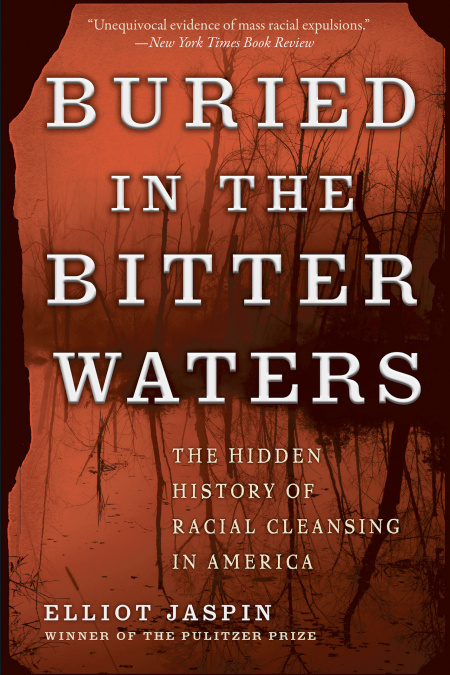
Apple | Bookshop.org | Amazon | Barnes & Noble | IndieBound
The essence of enacting the “Black Codes” following the Civil War criminalized the existence of Black people, setting off a long tradition of an unequal application of U.S. law. Mississippi led the way.
Faced with the prospect of picking their own cotton, plantation owners first tried importing workers from Europe, believing them to be racially sound. Employers lose employees when the employer is incapable of providing fair compensation. German and Dutch workers quit without appropriate compensation for the work. Thus, the plantation owners lobbied successfully to make it illegal for a Black person to not be under contract with a white employer. Once under contract, Black people were at the mercy of their employer. They could be fined for idleness while under contract, or vagrancy if they were not under contract. In Texas, missing a day due to illness meant fines and missing three consecutive days meant the loss of a year’s wages. Furthermore, it was a crime for the Black population to own, rent, or lease land outside of towns or cities.
The Black Codes would eventually give way to the Jim Crow laws, which would give way to a broad attitude of unconscious—and, too often, conscious—bias that has been acting as an anchor on societal progress for well over a century. Yet collectively, we know little of this horrifying history attempting to render America’s Black population to unending servitude.
The Purge Before
Anyone over the age of forty likely had grandparents alive during the opening decades of the 20th century. It wasn’t that long ago, it’s part of modern history. Yet, it was stunning to see the Internet light up as people became aware of the Tulsa Massacre of 1921 for the first time, due to a fictional superhero series on a cable pay-channel. If the Tulsa incident came as a surprise, I’m sure there are far too many people who are unaware of the Red Summer of 1919, which took place across a dozen cities in the U.S. It involved days of racial unrest, roving gangs of white people intent on killing as many Black people as they could. There are hundreds more examples of racist mobs displacing black populations from towns and counties in Georgia, Indiana, Texas, Tennessee, Missouri, Kentucky, North Carolina, Arkansas, and several other states throughout the late 19th and early 20th century. Ethnic cleansing before the phrase was invented. The Purge before the dystopian parody ever existed.
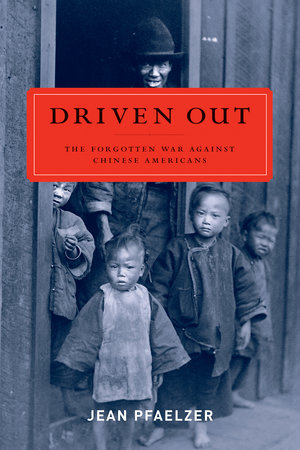
Apple | Bookshop.org | Amazon | Barnes & Noble | IndieBound
Fearful, racist attitudes have led to other unofficial and official hellish behaviors and decisions, as well. Chinese Americans in California and parts of the Pacific Northwest have suffered and resisted mob attacks. Hundreds of Chinese American communities were razed, their neighborhoods burned to the ground in the late 19th and early 20th century.
The same fearful and racist attitudes prompted the turning away of the MS St. Louis, a ship carrying 901 Jews fleeing Nazi Germany in 1939. That decision—echoed by Canada and Cuba—led directly to the deaths of over 200 Jews in death camps. The hope felt by these families upon arrival and subsequent despair at being turned away must have been unbearable. They knew they were facing death, and that they’d risked all to escape.
Very few of the people involved in precipitating any of these terrifying incidents have faced any significant consequences. Anti-semitism and fearful racist attitudes directed at Chinese Americans and Blacks remains a dangerously persistent condition in the United States, oozing like an invisible, intransigent infection. An infection that keeps its targets in our society on constant alert.
Oft-Attempted Dystopia
Dystopian novels exist somewhere between science fiction and horror. The surge of interest in dystopian stories over the last decade almost always features a government gone mad. Organizations rise up and inflict whatever terror they must to establish order and, subsequently, maintain the status quo: law and order. For some populations in the United States, the horrific intrusions and actions of an out-of-control government was not a fiction. The paranoia generated by surveillance, manipulation, and “creative” interpretation of the law has been a common theme in our history.
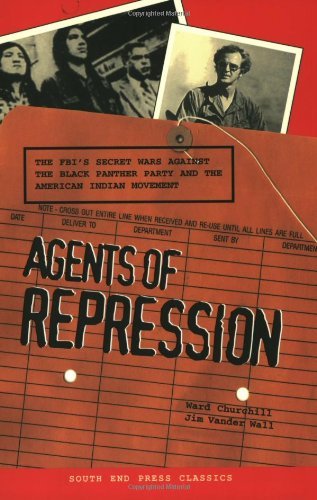
Amazon | IndieBound
By the mid-twentieth century, racist attitudes would coalesce in government-backed efforts to disrupt Civil Rights efforts of all sorts. In general, people know that Martin Luther King, Jr.’s efforts were opposed by the FBI. It’s also commonly known that the FBI’s Counterintelligence Programs (COINTELPRO) also targeted the Black Panthers. In addition to the Black Panthers and various Civil Rights organizations, however, the FBI also aggressively targeted the American Indian Movement and Puerto Rican efforts for statehood or independence. COINTELPRO’s whatever-it-takes methods included illegal wiretaps, bribery, infiltration, and the threat of force against friends and family. There was also covert funding of and coordination with civilian hate-groups in order to terrorize the targeted populations. Rather than even entertain the notion of a fair and equal society, anyone deemed opposed to the status quo were aggressively disrupted by the full force of the United States government. The same government that is supposed to serve as the unifying, representative power in this country and defend its citizens and allies.
Historically, the U.S. has been all too willing to turn its lethal power on its own people, reluctant to recognize the humanity of its own people. This attitude, in fact, infects the very foundations of law in the United States. Amendment XIII of the U.S. Constitution, though abolishing slavery, includes an exception for slavery that can be applied to anyone who has been imprisoned.
That should horrify us all.
Recommended reading:
- Agents of Repression: The FBI’s Secret Wars Against the Black Panther Party and the American Indian Movement by Ward Churchill and Jim Vander Wall
- Capitol Men by Philip Dray
- An Indigenous Peoples’ History of the United States by Roxanne Dunbar-Ortiz
- Buried In The Bitter Waters by Elliot Jaspin
- Barracoon: The Story of the Last “Black Cargo” by Zora Neale Hurston
- Driven Out: The Forgotten War Against Chinese Americans by Jean Pfaelzer
- The Slave Ship: A Human History by Marcus Rediker
- The Plot: The Secret Story of The Protocols of the Elders of Zion by Will Eisner
- These Truths: A History of The United States by Jill Lepore

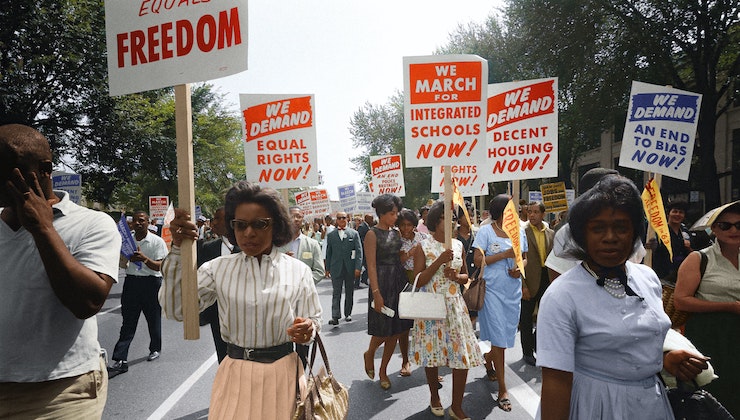


One thought on “When History is Horror, and Horror is History”
Comments are closed.